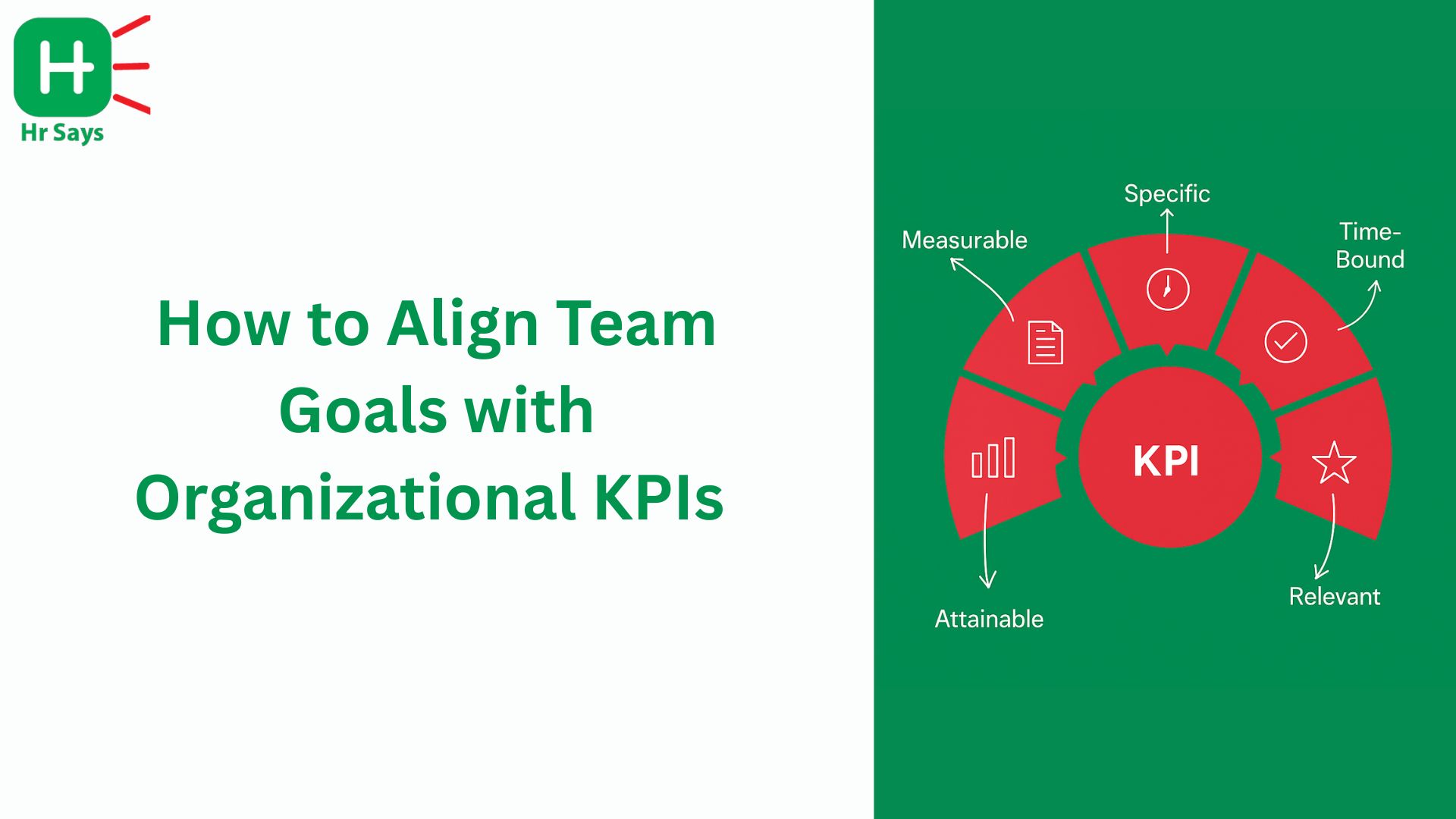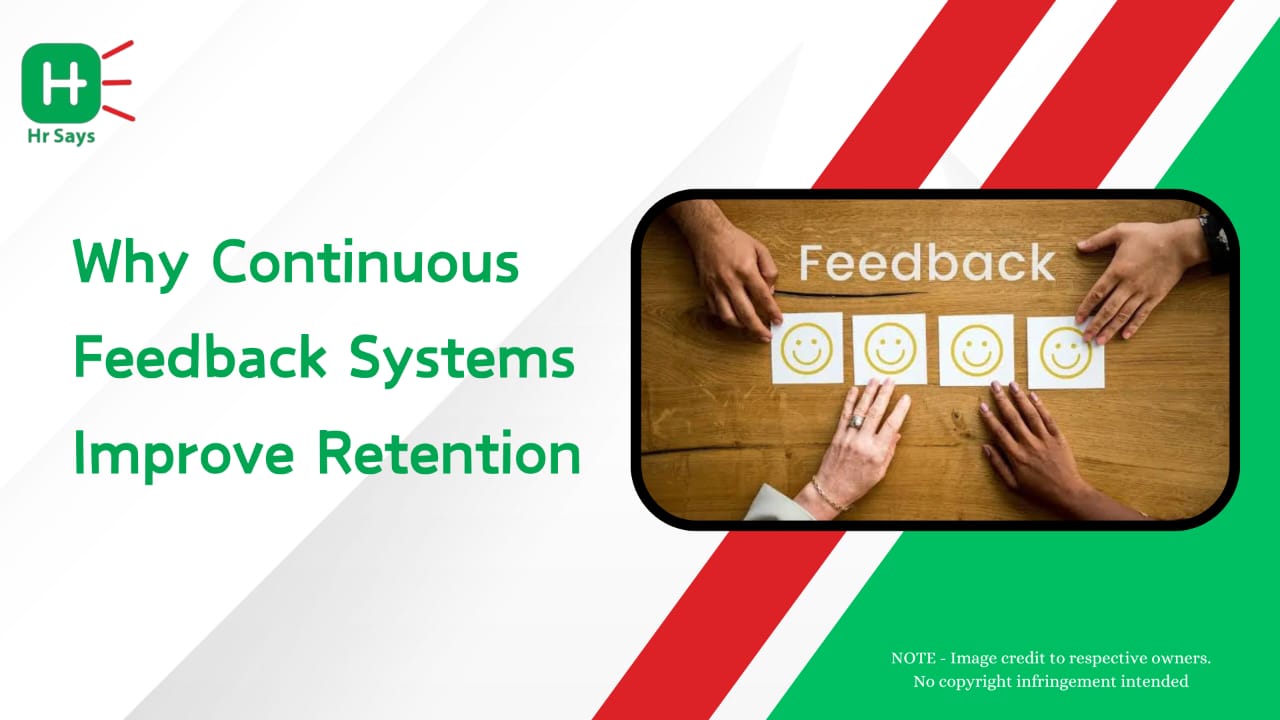What will become of the remote offices as a byproduct? To most firms, it is not an option anymore, but a paradigm shift in work organization. Janice and Ely started their work in a traditional way, and the way remote-first HR policies are redefining workplace culture, work productivity, and engagement remains surprising.
Shaping Remote-First Work Culture
Remote-first policies renegotiate collaboration. Teams can be located intercity, intercontinentally, and internationally. HR must be able to reconsider conventional practices. Recruiting, training, delivering feedback, and retaining employees require new models. In the absence of well-defined policies, fissures start to appear.
Key challenges faced in shaping culture include:
● Communication gaps between teams
● Isolation leading to low engagement
● Lack of transparency in performance management
● Difficulty in maintaining company values remotely
Solutions often involve intentional design of HR strategies. Frequent check-ins, digital town halls, and employee recognition programs help restore belonging. A culture of trust and openness remains central.
Performance Management And Accountability
Tracking performance in a remote-first model is complex. Physical presence no longer signals productivity. Instead, outcome-driven goals and measurable deliverables take the lead. HR must ensure fairness.
Some approaches that work:
● Clear KPIs aligned with organizational goals
● Transparent feedback cycles
● Training managers to lead distributed teams
● Using HR technology for unbiased tracking
When accountability is built on clarity rather than presence, trust grows stronger.
Employee Well-Being And Engagement
Remote work blurs the line between personal and professional life. Burnout becomes harder to detect. Engagement requires deeper thought. HR leaders need to balance flexibility with structured support.
Practical solutions include:
● Mental health resources and counseling access
● Flexible working hours with boundaries encouraged
● Regular virtual events for informal bonding
● Recognition of diverse working styles
Well-being policies create a safety net. Without them, attrition rises quickly.
Compliance And Data Security
Remote-first policies introduce legal and operational risks. Labor laws differ by region. Data protection becomes critical with employees working outside secured office networks. HR must ensure compliance while supporting flexibility.
To address these:
● Employment contracts should be adapted to local regulations
● Data security policies must be reinforced with training
● HR software with secure access controls should be prioritized
● Regular audits and policy reviews must be in place
Balancing compliance with employee trust is not easy but necessary.
The Way Forward
Remote-first HR policies are not a temporary fix. They are a long-term structural change. Challenges remain, but solutions lie in adaptability, technology, and empathy. Companies that embrace this balance will build workplaces where employees feel valued, connected, and supported.
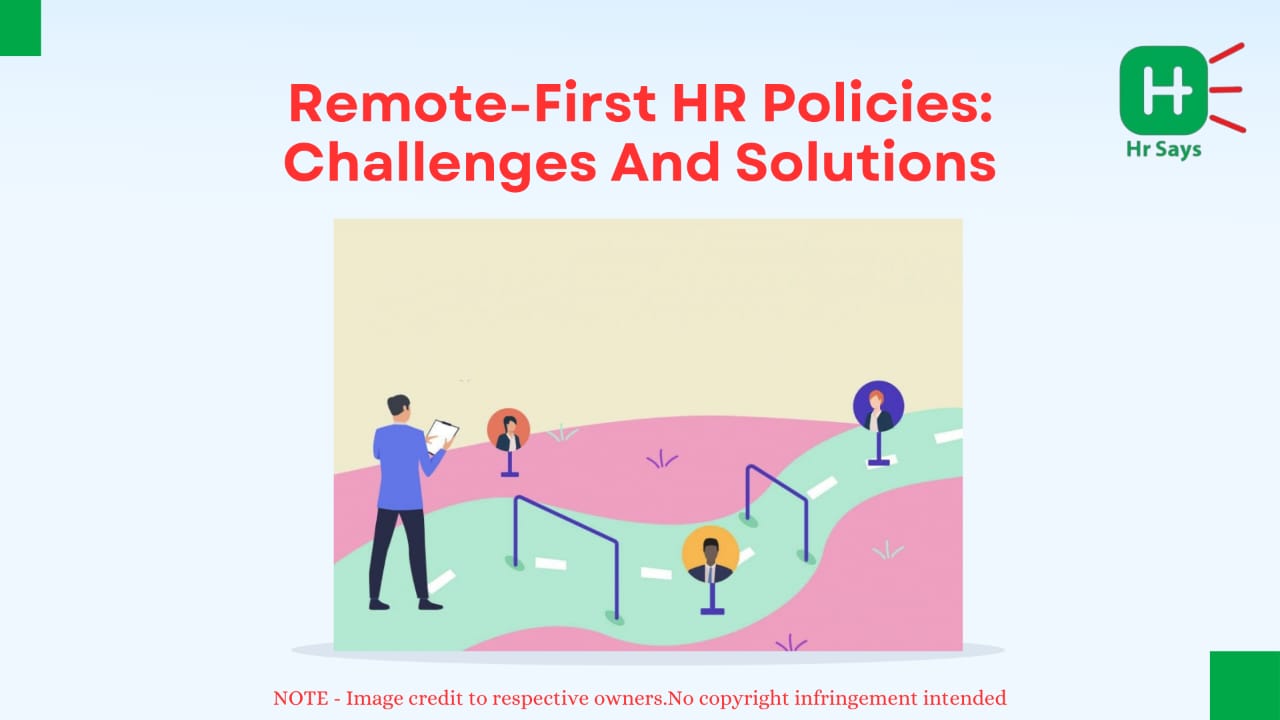
 Remote-first HR policies reshape the workplace by changing culture, accountability, and compliance. Challenges exist, but with clear strategies, employee well-being, and technology-driven solutions, organizations can create inclusive, productive, and future-ready workplaces.
Remote-first HR policies reshape the workplace by changing culture, accountability, and compliance. Challenges exist, but with clear strategies, employee well-being, and technology-driven solutions, organizations can create inclusive, productive, and future-ready workplaces.










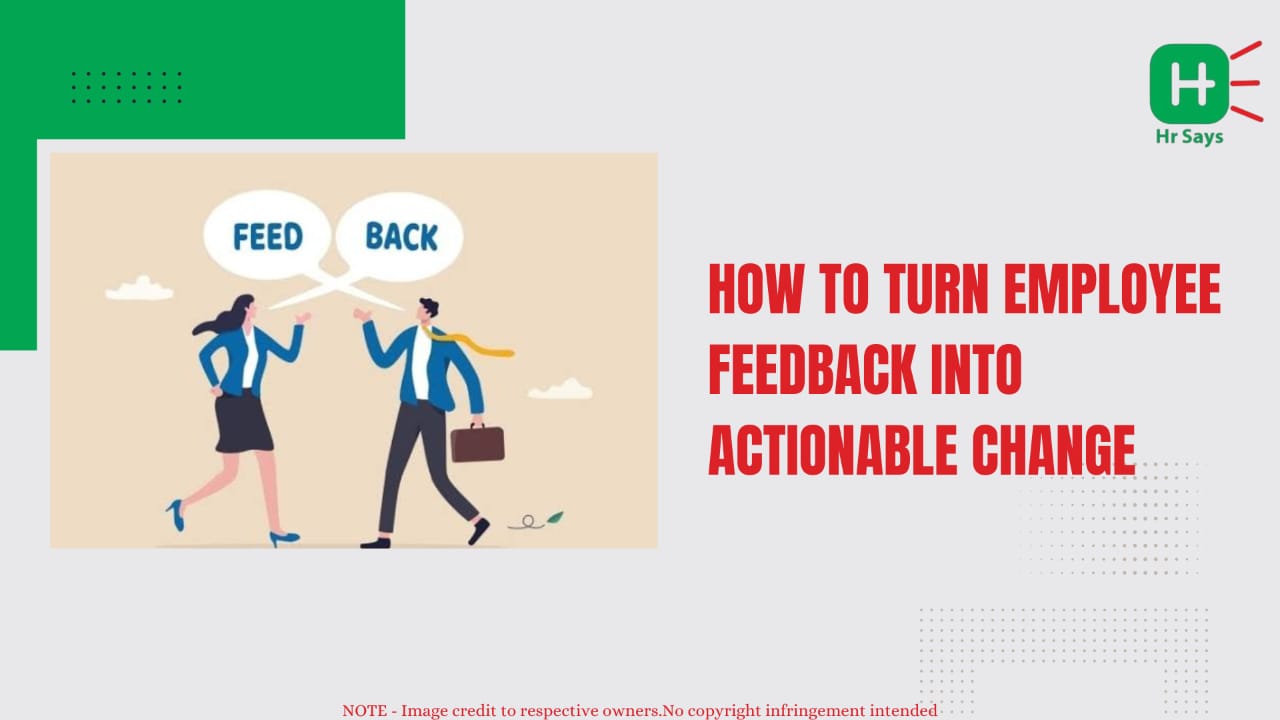


.jpeg)
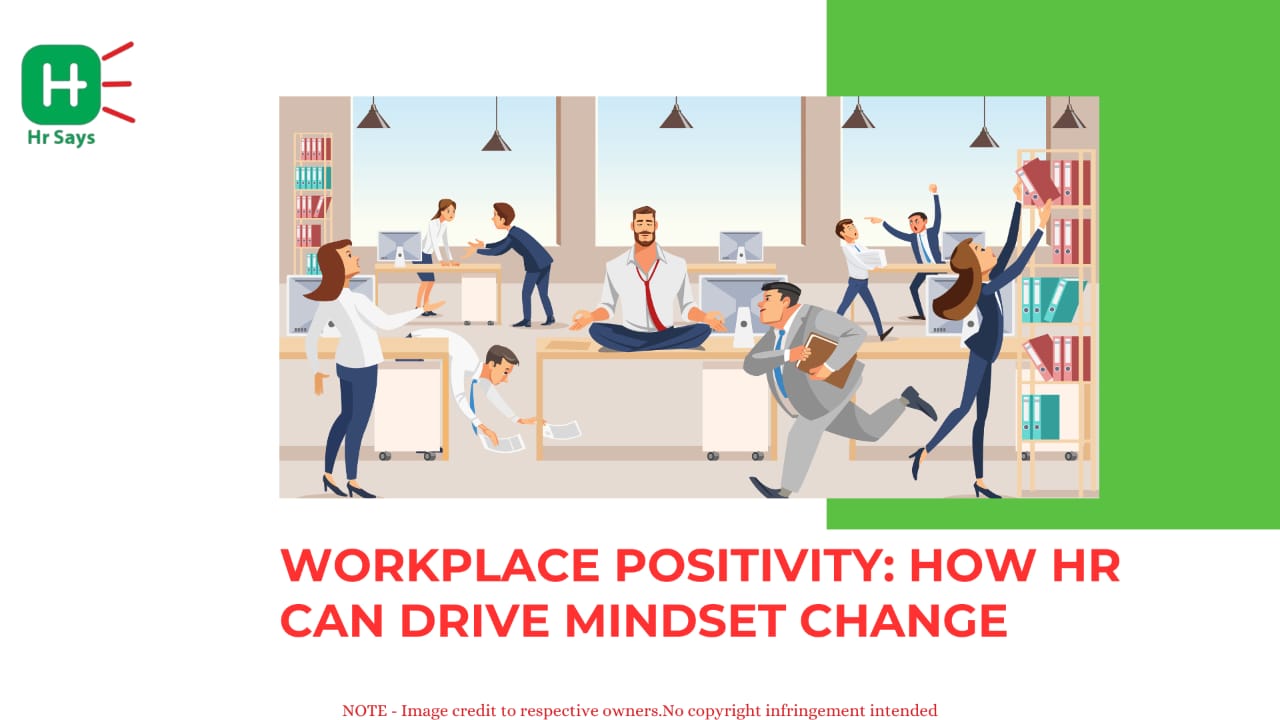


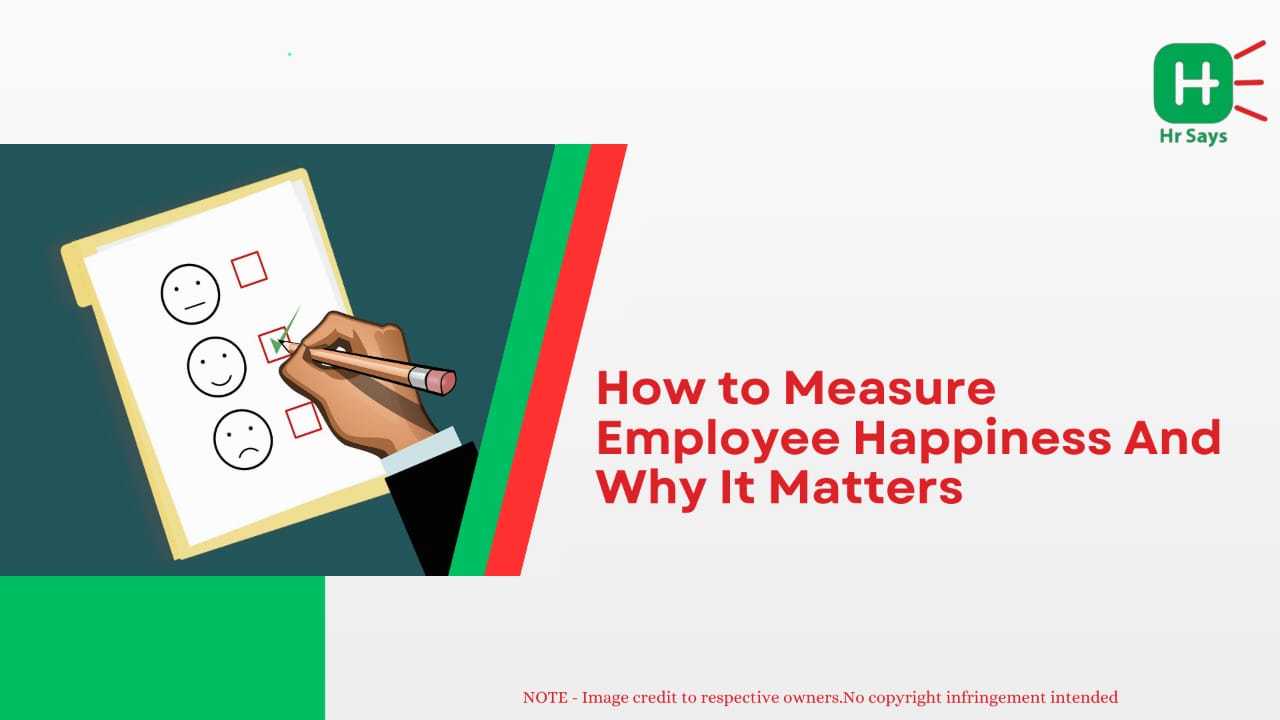

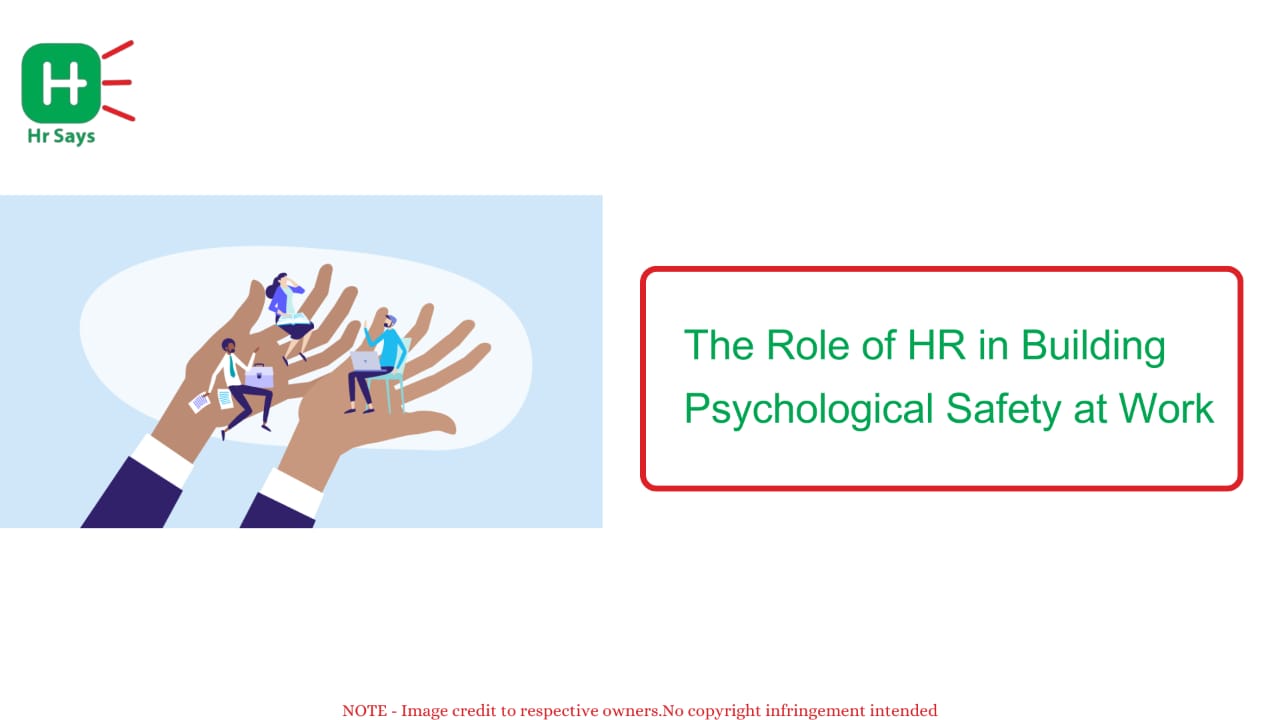

.jpg)
